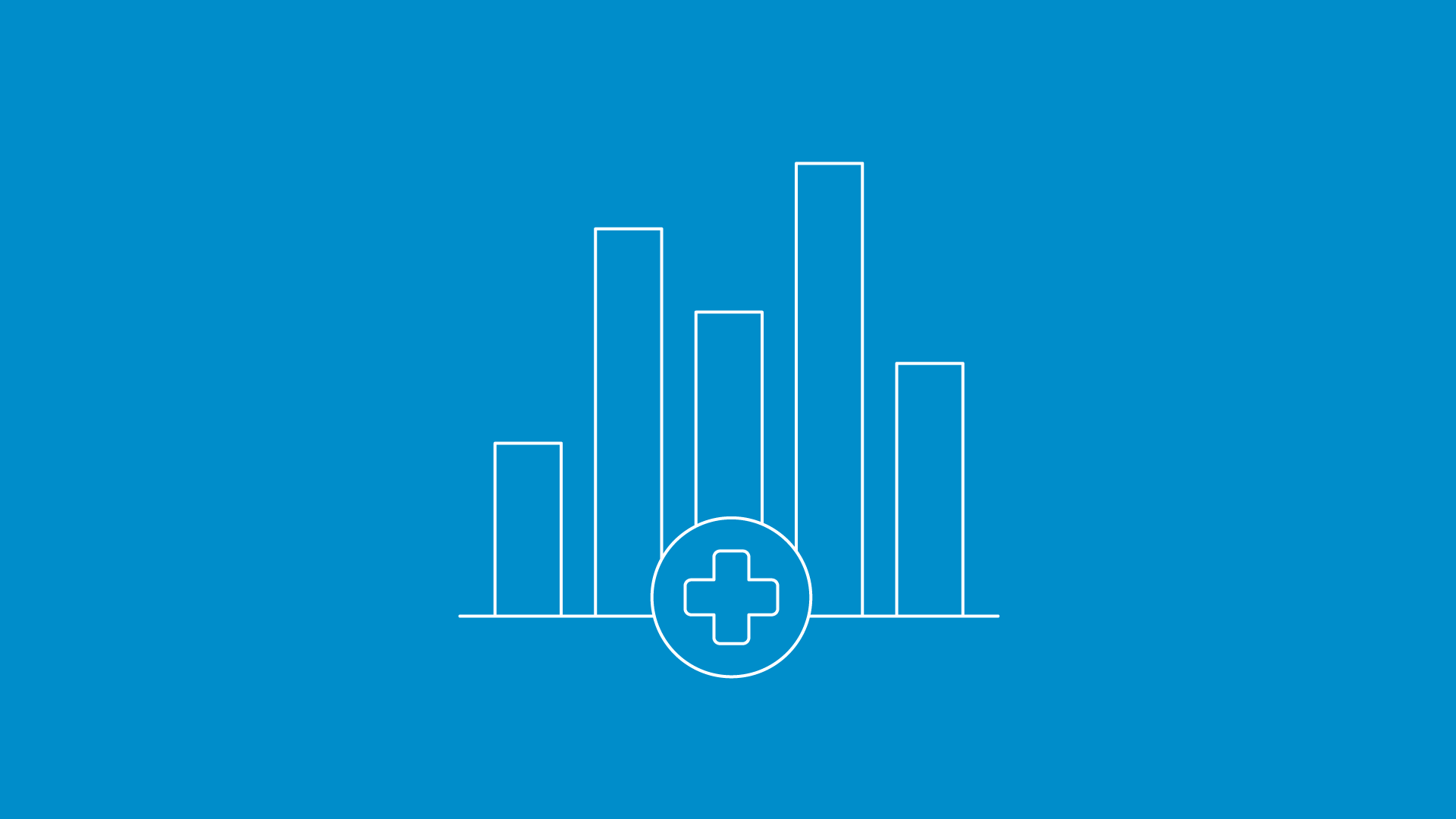Data quality is a crucial element in the decision-making process for businesses. The accuracy and completeness of data can make the difference between a well-informed decision and a costly mistake. In this article, we’ll look at the impact of data quality on decision-making and how you can ensure that your data is of the highest quality. Keep reading to learn more about data quality benefits and its impact on decision-making.
What are the benefits of high-quality data?
Data quality refers to the accuracy, completeness, and timeliness of data. It’s important to ensure that data is of high quality because it can impact business decisions and operations.
Good data quality is essential for making accurate, timely, relevant, and consistent decisions. It allows organizations to better use their resources by avoiding bad decisions caused by inaccurate or incomplete information. By ensuring that all relevant information is included in the dataset and adequately processed, data quality also helps reduce bias in decision-making processes.
One of the many benefits of high-quality data is that it can help organizations make better decisions. This is because good data can give businesses an accurate understanding of what is happening within their organization, what their customers want, and what their competitors are doing. Quality data can also help businesses optimize operations, improve customer service, and identify new opportunities.
Additionally, quality data can help organizations decide where to allocate resources, how to price their products and services, and which marketing campaigns to pursue. Quality data is essential for businesses looking to improve their performance and competitiveness.
Methods for detecting and correcting poor quality data to support optimal decisions.
Poor data quality can lead to inaccurate decisions and costly consequences. There are several methods for detecting and correcting poor data quality to support optimal decisions.
One method for detecting poor data quality is checking the data against known values. If there is a discrepancy between the different sources, it could be an indication of poor-quality data.
Another method for detecting poor data quality is through statistical analysis. This involves running tests on the data to see how likely the results are accurate. If the results of these tests indicate a high likelihood of poor quality data, then steps can be taken to correct it.
A third method for detecting poor data quality is sampling. This involves taking a small number of samples from the entire dataset and analyzing them separately. This can help identify any areas where the data quality is particularly poor.
Time wasted investigating bad data or reworking incorrect decisions can be costly.
The impact of data quality on decision-making is significant. Time wasted investigating bad data or reworking incorrect decisions can be costly. This is because decision-makers rely on accurate and timely information to make informed decisions. When the quality of data is poor, it can lead to inaccurate decisions, resulting in several negative consequences, such as missed opportunities, loss of revenue, and increased costs.
When bad data is not corrected, it can continue to contaminate decision-making and lead to even more negative outcomes. Organizations need to have a robust data quality management program in place to ensure that the data they are using is accurate and reliable.
How can you mitigate the negative impacts of poor data quality?
Several strategies can mitigate the negative impacts of poor data quality on business decisions. One approach is to use data cleansing and quality assessment tools to identify and correct errors in the data. This can help ensure that the data is accurate and reliable for decision-making.
Another strategy is to use multiple sources of information whenever possible to get a complete picture of the situation. This can help to compensate for inaccuracies or inconsistencies in the data. Additionally, it’s important to be aware of the potential biases in the data and consider them when making decisions. You’ll also want to test hypotheses using rigorous analytical methods, such as statistical analysis, to reduce the impact of inaccurate data on decision-making.






